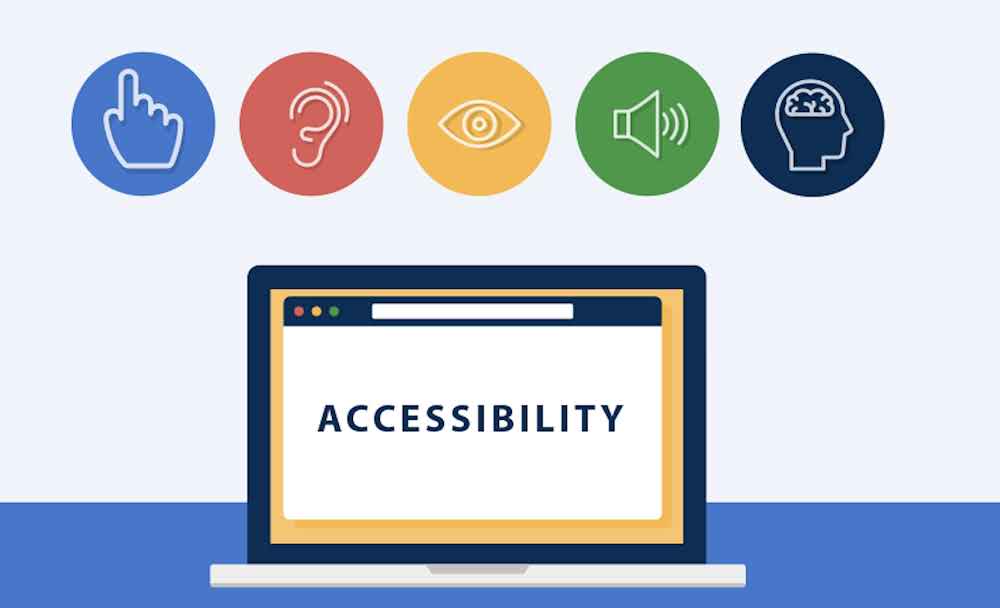
Web accessibility testing is the process of evaluating a website or web application to ensure that it is usable and accessible to people with disabilities. The goal of accessibility testing is to identify and address barriers that might prevent individuals with disabilities from effectively using and navigating a website. This includes considerations for users with visual, auditory, motor, and cognitive impairments.
Web accessibility testing can be both free and paid, depending on the tools and methods you choose to use. There are various tools available, ranging from free browser extensions to more comprehensive paid software. Here are some commonly used tools for web accessibility testing:
- Browser Developer Tools: Modern web browsers like Google Chrome, Mozilla Firefox, and Microsoft Edge offer built-in developer tools that include accessibility auditing features. These tools can identify issues related to color contrast, semantic HTML, and other accessibility best practices.
- WAVE: WAVE is a free web accessibility evaluation tool provided by WebAIM. It offers both online and browser extension versions that highlight accessibility issues directly on your web pages. It’s a good starting point for basic accessibility checks.
- axe: The axe suite of tools, including axe-core and axe browser extensions, provides detailed accessibility testing. It’s available as a free browser extension or can be integrated into automated testing frameworks.
- Lighthouse: Lighthouse is an open-source tool by Google that can be run as a browser extension or from the command line. It provides audits for various aspects of web performance, including accessibility.
- Screen Readers: Screen readers like NVDA (NonVisual Desktop Access) and VoiceOver (built into macOS and iOS) are essential for testing the experience of users who rely on screen readers to navigate and consume content.
- aXe Coconut: This is a paid version of the axe accessibility testing engine by Deque. It offers advanced features, integration with development tools, and more comprehensive reporting.
- Pa11y: Pa11y is an open-source command-line tool that allows you to test web pages for accessibility issues. It can be integrated into your development workflow for continuous accessibility testing.
- SortSite: SortSite is a comprehensive accessibility and quality testing tool that offers both free online scans and paid desktop versions with more advanced features.
- Tenon.io: Tenon is a paid web accessibility testing tool that provides detailed analysis of accessibility issues and offers integration with various development environments.
- Siteimprove: Siteimprove is a suite of web governance tools, including accessibility testing. It’s a paid solution that offers a comprehensive set of features beyond accessibility testing alone.
When choosing a tool, consider factors such as your budget, the level of accessibility testing you require, and the specific features that best align with your needs. Keep in mind that while automated tools can help identify many issues, manual testing and user testing with individuals who have disabilities are crucial for a complete evaluation of accessibility.
Got a techy/website question? Whether it’s about UltimateWB or another website builder, web hosting, or other aspects of websites, just send in your question in the “Ask David!” form. We will email you when the answer is posted on the UltimateWB “Ask David!” section.




